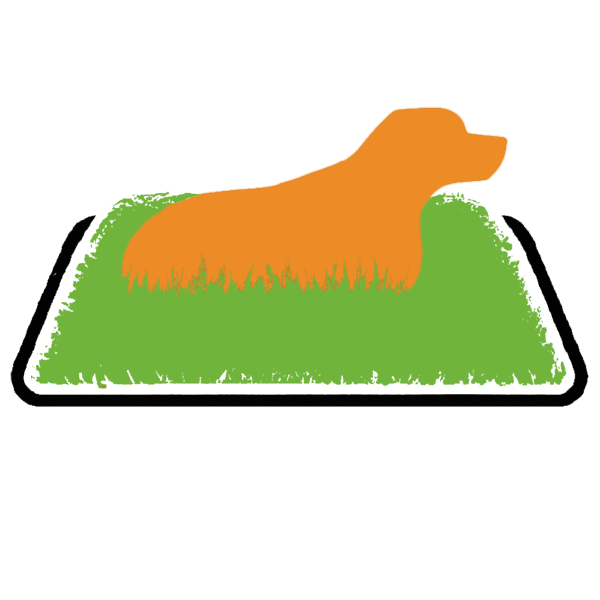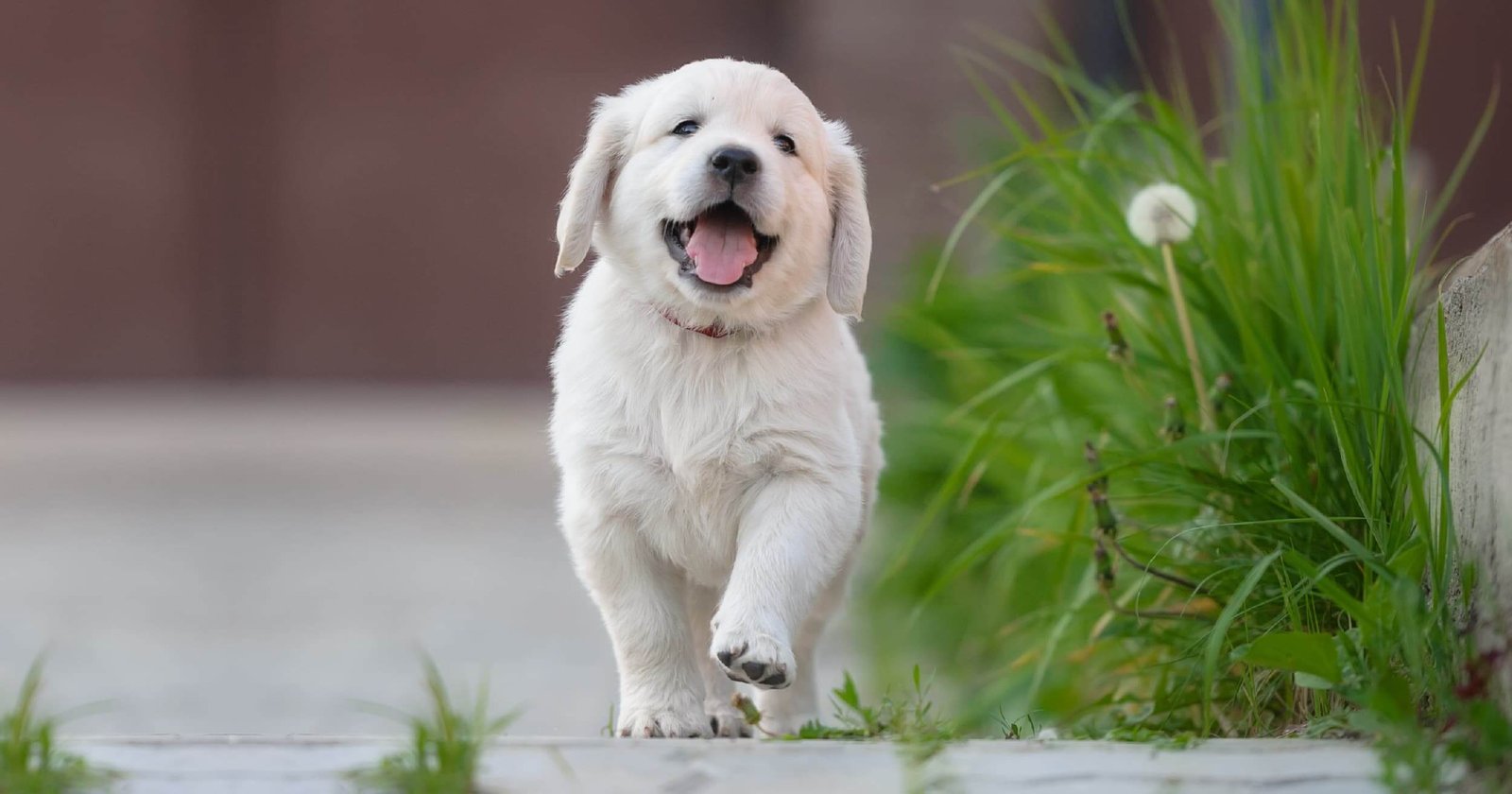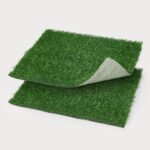What Causes Pets to Prefer Pavement Over Grass for Pooping?
As a pet owner, you may have noticed that your furry friend prefers to do their business on pavement instead of grass. This can be frustrating, especially if you live in an area with limited green spaces. But what causes pets to make this choice?
One reason is that dogs are naturally territorial animals and may prefer to eliminate surfaces they perceive as “theirs.” This is why many pet owners train their dogs to use a designated area, such as a dog porch or patch of grass, for their potty needs. However, if your pet is used to doing their business on pavement, they may see it as their territory and continue to use it.
Another factor is the texture and cleanliness of the surface. While the grass may seem like a natural choice for pets, it can also be unpredictable and uncomfortable. Dogs with sensitive paws may avoid grass that is wet or prickly or that has been treated with chemicals. On the other hand, pavement provides a smooth, consistent surface that is easy to navigate and clean.
If you live in an apartment or don’t have access to an outdoor space, you may have considered using puppy pads, dog grass, or grass pads as a solution. These products can effectively provide a designated area for your pet to eliminate, but using them correctly is essential. The best way to use puppy pads, dog grass pee pads, or grass pads is to introduce them gradually to your pet and use positive reinforcement to encourage them to use them. Some dogs may prefer certain surfaces, so finding the right one for your pet may take some time and experimentation.
There are several reasons why pets may prefer pavement over the grass for pooping. Whether it’s due to their territorial nature or a preference for a specific texture, it’s essential to understand your pet’s behavior and accommodate their needs. By correctly providing a designated area, such as a dog porch or grass patch, or using puppy pads, dog grass pee pads, or grass pads, you can help your pet feel comfortable and confident about their potty needs.

The Role of Smell & Taste in a Pet’s Choice of Where to Poo
Dogs have a highly developed sense of smell and use it to gather information about their environment. When choosing a spot to do their business, dogs are drawn to areas with a familiar scent, such as a dog porch or patch of grass that they have used before. This is why it’s essential to consistently use the same spot when training your pet to go potty.
In addition to scent, dogs also use their sense of taste to gather information about their environment. Dogs have special receptors in their mouths that allow them to taste certain chemicals, and they may use this sense to determine whether a surface is safe and clean to use. For example, dogs may avoid grass that has been treated with chemicals or pavement that has been contaminated with food or other waste.
If you live in an apartment or don’t have access to an outdoor space, you may have considered using puppy pads, dog grass, or grass pads as a solution. It’s important to note that scent and taste can also affect these products. For example, if a puppy pad has been used before, it may have a familiar smell that attracts your pet to use it again. Similarly, if a grass pad or dog grass peeped has been treated with chemicals or has an unpleasant taste, your pet may avoid using it.
To use these products effectively, it’s essential to introduce them gradually and use positive reinforcement to encourage your pet to use them. By consistently using the same spot and providing a clean, safe surface, you can help your pet feel comfortable and confident regarding their potty needs.
The sense of smell and taste plays a significant role in a pet’s choice of where to poo. By correctly understanding your pet’s behavior and preferences and using products like puppy pads, dog grass, or grass pads, you can help your pet feel comfortable and confident about its potty needs.
The Impact of Temperature & Texture on Pet’s Toilet Habits
We often pay close attention to our pet’s toilet habits, but we may not realize that temperature and texture can significantly impact where and how often our pets go potty.
Temperature is one factor that can affect a pet’s toilet habits. Just like humans, pets are sensitive to changes in temperature, and extreme heat or cold can affect their behavior. During hot weather, pets may avoid going potty on hot pavement or other hot surfaces, preferring to use more excellent areas such as a shaded dog porch or patch of grass. Similarly, pets may choose a sheltered area, such as a covered dog porch or an indoor area with puppy pads during cold weather.
The texture is another factor that can affect a pet’s toilet habits. Pets have sensitive paws and may prefer certain surfaces over others when doing business. For example, some pets may choose grass or dog grass pee pads because they provide a softer, more natural texture than pavement or concrete. Similarly, pets may avoid using rough or uneven surfaces, which can be uncomfortable or even painful for their paws.
If you are training your pet to use puppy pads, grass pads, or dog grass, it’s essential to consider the temperature and texture of the surface. A comfortable and safe environment can help your pet feel more confident and willing to use the designated area. It’s also important to remember to consistently use the same spot when training your pet, as this can help reinforce the habit and make your pet feel more comfortable with the designated area.
Temperature and texture can significantly impact a pet’s toilet habits. By understanding your pet’s behavior and preferences and providing a comfortable and safe environment, you can help ensure that your pet is comfortable and willing to use their designated potty area, whether it be on a dog porch, patch of grass, or a designated area with puppy pads or grass pads.
The Impact of Sun Exposure & Shade on Pet’s Choice of Toilet Area
Pets, especially dogs, are sensitive to sunlight and heat. They may avoid using areas exposed to direct sunlight or hot pavement, preferring to find a shaded area where they can do their business comfortably. For example, a dog porch or patch of grass shaded by trees may be more appealing to a pet than an area exposed to direct sunlight.
On the other hand, some pets may prefer areas with more sun exposure, as this can help stimulate their instincts to eliminate waste. This is especially true for pets who are used to using outdoor spaces for their potty needs. Providing an area with enough sun exposure and some grass patches or dog grass pee pads is a good option.
When training a pet to use a designated potty area, it’s essential to consider the amount of sun exposure and shade available. If you use a dog porch or an indoor room with puppy pads, place it in a shaded area to ensure your pet’s comfort. If you use a patch of grass or grass pads, place them in a room with a good balance of sun exposure and shade.
Sun exposure and shade can play a significant role in a pet’s choice of the toilet area. By providing a comfortable and shaded area for your pet to do their business, you can ensure they feel comfortable and safe while eliminating waste. Whether you use a dog porch, a patch of grass, or a designated area with puppy or grass pads, consider the impact of sun exposure and shade on your pet’s behavior and preferences.
Are There Other Factors That Influence a Pet’s Preference for Pavement?
Regarding a pet’s choice of toilet area, we often assume that grass or a designated potty area with grass pads or dog grass pee pads is the most natural and appealing option. However, some pets may prefer pavement or other hard surfaces over grass. Here are a few different factors that can influence a pet’s preference for pavement:
Texture: Some pets prefer the feel of a complex, smooth surface under their paws rather than the texture of grass or other natural materials. This may be particularly true for pets who spend a lot of time on hard surfaces, such as those who live in urban areas or have access to a dog porch or other paved area.
Scent: Dogs, in particular, have a keen sense of smell and may be drawn to areas that have a strong odor, such as those that other pets have previously used. Pavement and other hard surfaces retain smells more efficiently than grass, making them more appealing to some pets.
Cleanliness: Some pets may avoid using grass or other natural materials because they find them dirty or unpleasant. This may be particularly true for pets who are used to using indoor potty areas with puppy pads or other designated surfaces that can be easily cleaned.
Training: Finally, a pet’s preference for pavement may result from their training or previous experiences. Suppose a pet was trained to use a designated potty area with a hard surface. In that case, they may prefer this option even if grass or other natural materials are available.
Ultimately, the best way to determine your pet’s preferences when it comes to their toilet habits is to observe their behavior and provide them with a range of options, including grass, pavement, and designated potty areas with grass pads or dog grass pee pads. Whether you use a patch of grass, a dog porch, or an indoor potty area with puppy pads or other designated surfaces, consider your pet’s individual preferences and behaviors when deciding on the best option for them.

Understanding Your Pet’s Preference For Pavement Can Help You
We often assume that our furry friends prefer grass or other natural materials for their toilet habits. However, some pets prefer pavement or other hard surfaces for various reasons. Understanding your pet’s preference for pavement can help you provide them with the best possible potty options and make their bathroom breaks more enjoyable for everyone involved.
If you have a dog porch or other paved area available, your pet gravitates towards this surface for their potty needs. This can be due to a variety of factors, such as texture, scent, cleanliness, and previous training or experience. By paying attention to your pet’s behavior and preferences, you can adjust their potty routine to better suits their needs.
One option is using grass or dog grass pee pads on the paved surface. These pads provide a natural texture and scent that may be more appealing to your pet while still allowing them to use the hard surface they prefer. If you have a patch of grass available, you can train your pet to use this area by gradually moving their indoor potty area closer to the outdoor grassy area.
If you prefer to use indoor potty options, such as puppy pads or other designated surfaces, you can still incorporate your pet’s preference for pavement. Consider placing the potty area on a hard surface, such as a tile or linoleum floor, to mimic the feel of pavement. You can also use scents or attractants that appeal to your pet’s preferences, such as grass-scented sprays or pheromone attractants.
Understanding your pet’s preference for pavement can help you provide them with a more comfortable and enjoyable potty experience. Whether you have a dog porch, a patch of grass, or an indoor potty area with puppy pads or other designated surfaces, please pay attention to your pet’s preferences and adjust their routine accordingly. With some experimentation and patience, you can help your pet feel more at ease and happy during bathroom breaks.



